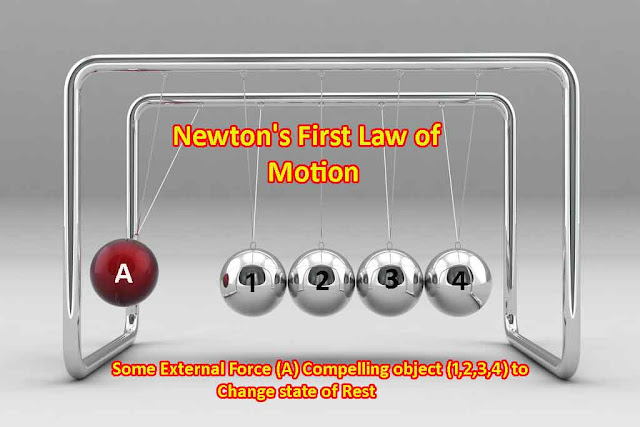Momentum: Definition [formula,units,equation,linear momentum,examples]

By the end of this article, you should be able to define Wh at is linear momentum, definition, formula, units, equation, describe the movement of objects. Let's discuss one by one. What is Momentum- Definition (Linear Momentum) It is the quantity of motion contained in the body. Here's the key fact, All moving objects have momentum. But if an object is not moving its momentum is zero. Motion in a body can be produced or destroyed by applying force on it. Momentum is denoted by letter "p" Q - A car has a mass of 1000 kilograms and it is not moving. What is a momentum (p) of the car? Answer - In this case, the car's not moving and remember the objects that are not moving have a momentum of zero. The force required to start or stop a moving body depends upon. Mass of the Body - When a ball and a big piece of stone are allowed to fall from the same height, we find that a much greater force is required to stop the big piece of stone than the ball. Thus la...

